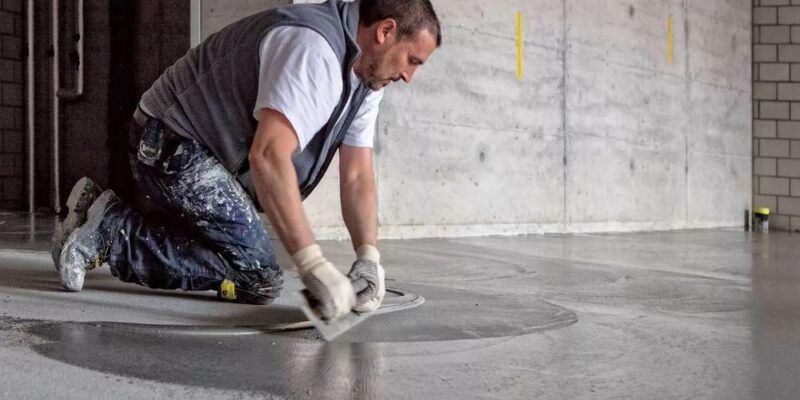When it comes to installing new flooring, it is essential to have a level subfloor. This ensures that the flooring is installed correctly and will last for a long time. One way to achieve a level subfloor is by using floor self-leveling compounds. In this article, we will explore the benefits and drawbacks of investing in floor self-leveling before working on the new floor.
What is floor self-leveling?
Floor self-leveling is a process that involves using a cementitious compound to level uneven or sloping subfloors. The compound is poured onto the subfloor and spreads out evenly to create a smooth, level surface. The compound is self-leveling, meaning it will settle and smooth out on its own, without the need for troweling or other manual leveling.
Benefits of floor self-leveling
Improved Durability: Self-leveling compounds create a strong, durable base for new flooring. By filling in any low spots or dips in the subfloor, the compound helps to prevent cracks, chips, and other types of damage to the flooring.
Better Adhesion: When installing new flooring, it is crucial to have a surface that allows for good adhesion. Self-leveling compounds create a smooth, flat surface that is ideal for bonding with various types of flooring adhesives.
Time-Saving: By using a floor self-leveling compound, you can save time during the installation process. It takes less time to pour and level the compound than it does to manually level the subfloor with traditional methods like patching.
Improved Aesthetics: A level subfloor is essential for achieving a professional-looking finished floor. Self-leveling compounds can create a smooth surface that eliminates any bumps, dips, or other imperfections that may show through the finished flooring.
Drawbacks of floor self-leveling
Cost: Self-leveling compounds can be more expensive than traditional subflooring materials, such as plywood or cement board.
Messy Process: Self-leveling compounds are poured onto the subfloor and can be messy to work with. You will need to take extra care to protect any surrounding surfaces and ensure that the compound does not spill or spread outside the desired area.
Time-Consuming: Although self-leveling compounds can save time during the installation process, they also require additional time for curing. Depending on the product, the compound may need to cure for several hours or even days before the flooring can be installed.
Conclusion
Investing in floor self-leveling before working on a new floor can be a wise decision in many cases. It can improve the durability and adhesion of the new flooring, save time during installation, and create a professional-looking finished floor. However, it is essential to consider the cost, messiness, and time-consuming nature of the process before making a decision. Overall, if you want to ensure the best possible outcome for your flooring project, it is worth considering floor self-leveling as an option.














Comments